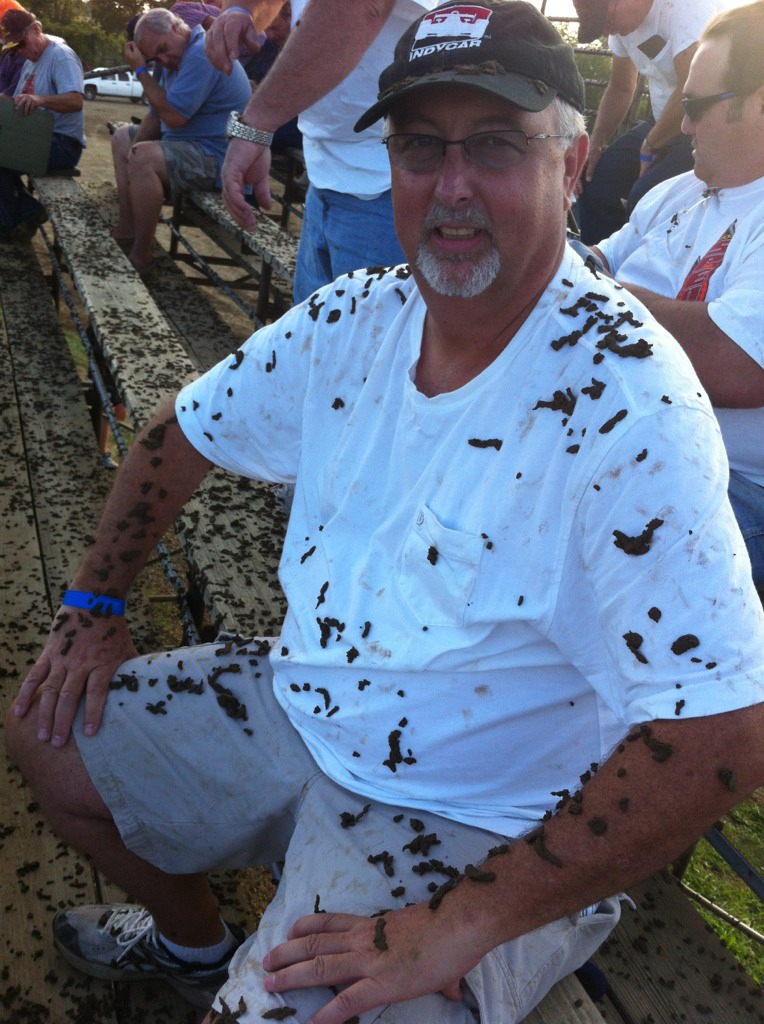Horses for courses at the Indy 500
Tribalism runs deep in motor racing, with the disregard and mockery of rival series a cottage industry among fans and journalists alike. The decision of F1 champion Fernando Alonso to skip the Grand Prix of Monaco to race in this year’s Indianapolis 500 is a case in point.
After the announcement, Mercedes driver Lewis Hamilton said Alonso would be the best driver there. Former F1 boss Bernie Ecclestone said he would have worked to stop it. Red Bull’s Christian Horner said Zak Brown of McLaren was “barking mad” to do it. I assume Honda just wanted to prove they had a competitive engine in a top series somewhere.
Is it important to the Verizon IndyCar Series and the Indianapolis 500 to have Alonso in town for the 500? Hulman & Co. CEO Mark Miles was effusive in his praise of Alonso and McLaren coming to Indy in May, as was Zak Brown of McLaren. AP writer Jenna Fryer’s recent article indicated that Alonso to Indy is just not that big of a deal in the grand scheme of things. Andretti Autosport certainly likes it since it brings cash and notoriety to the team. Twitter, of course, is Twitter. Whatever opinion you have is vindicated there if you need that sort of approbation.
Here’s the truth: everyone is right. Perspective is what perspective is, and we can’t really change the lens. F1 finds it a mockery. IndyCar considers it a huge get. Andretti considers it a gift. NASCAR fans are asking, “Who dat, bubba?”
The winner here is the Indy 500 and IndyCar for the simple reason that people are talking. Mark Miles did not say that Alonso coming to Indy was a game-changer. He basically said it was pretty cool. Which it is. Everyone else wants to analyze it from where they sit. Where will that kind of thinking lead us?
Is every decision made by IMS and IndyCar expected to be the most important decision ever, subject to dissection and discussion? Horses for courses is an old British adage meaning the right people in the right situation. Alonso certainly seems to be the right F1 driver at the right time for the Indy 500. Is every decision at IMS expected to do more than generate publicity? Must these decisions appeal to a certain demographic’s ticket buying proclivities to be acceptable? Are there really courses for all horses?
With Fernando Alonso, is IMS going after not only current F1 fans but expatriate Spaniards with a fondness for former Ferrari drivers, too? One can only assume that the announcement of Chicago Blackhawks “National Anthem” singer Jim Cornelison to perform “Back Home Again in Indiana” was IMS vying for the elusive hockey fan who has not seen the 500. Or maybe it was to find the even rarer opera aficionado with a taste for speed, baritones, and Jim Nabors. Singer Keith Urban was obviously selected to inspire Midwestern Aussie’s with a taste for country music to make the trek to Indy. Where does this demographic rabbit hole end! Not every decision is vetted through marketing to ascertain its value before being made.
Without discounting them, maybe it’s not all about marketing and ticket sales. Maybe IMS was not doing a “deep dive” into demographics. Maybe they weren’t trying to “move the needle.” Maybe the Speedway and Andretti Autosport simply saw the opportunity to bring one of the greatest racers of his generation to Indianapolis to compete in the Greatest Spectacle in Racing. After that, of course, fire up the hype machine and flog away. There has to be an unexploited demographic somewhere.




